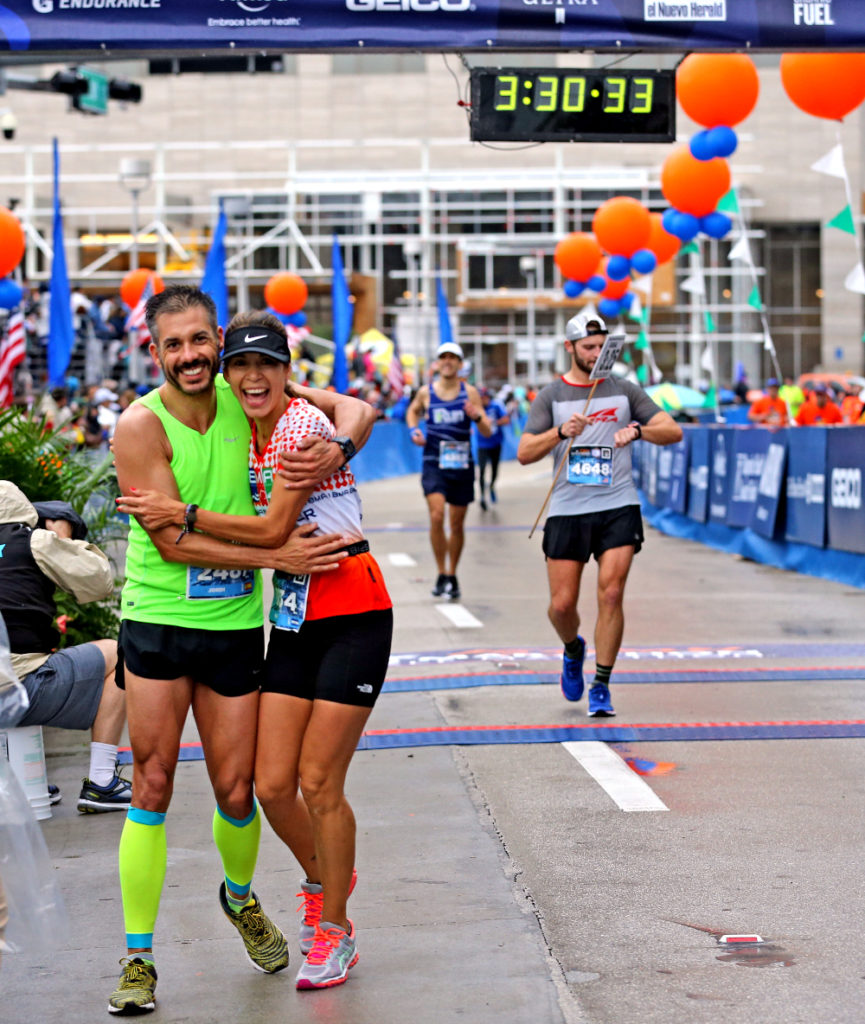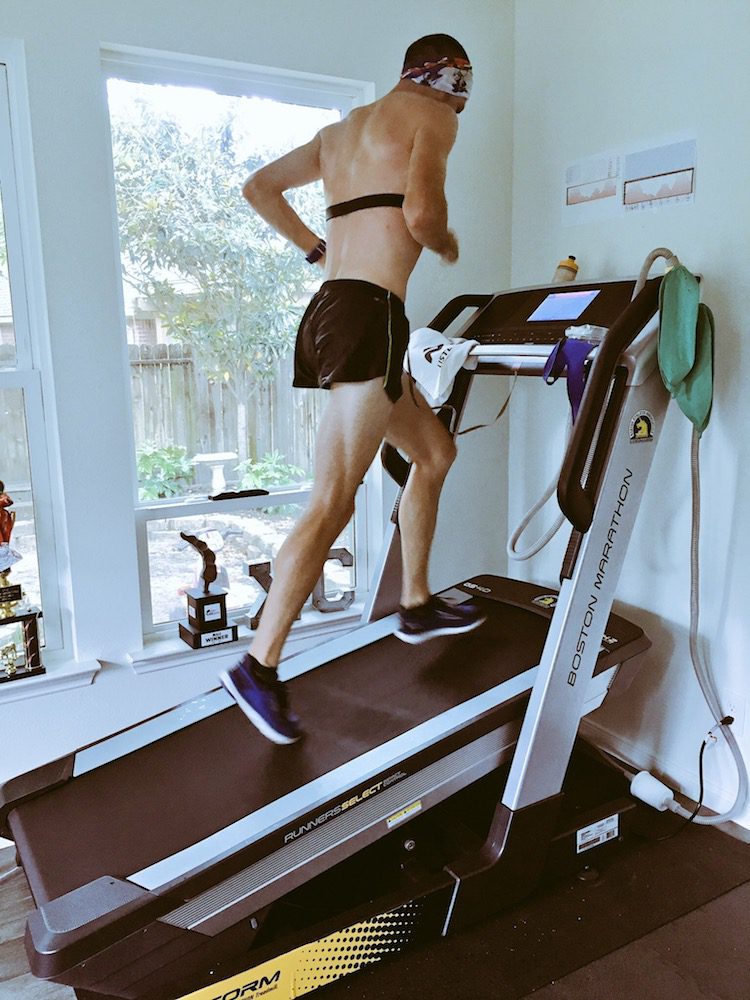How to stay injury-free during marathon training
According to gait analyst and strength coach Malc Kent of Calgary, injury prevention is the key to successful marathon training. Here's how to achieve it

Calgary-based running gait analyst and running strength coach Malc Kent of Runfisix has worked with some high-level runners in Canada, the UK, the US, Europe, Russia and Asia. He is very focused on injury prevention, since, as he says, “If the runner can’t stay injury-free, then any training plan is basically useless.” Here are his six top tips for doing just that.
RELATED: I had a professional gait analysis and here’s what I learned–Part 1
Focus on consistency
New runners and first-time marathoners need to be running every week for several months before starting on a marathon training plan, building from two to three times a week to every other day, then potentially up to five or six days a week. “This is more important than running fast or running advanced workouts,” says Kent. “Once the consistency is established, there are a wide range of different workouts that you can attack, but the most potent that I see time and time again are the long run and the fartlek run.” More on those below.
Be flexible
It is important not to build a rigid plan that covers many weeks or months. Both life and training are dynamic by nature, and there are very few absolutes. “Adaptability is your north star during the process of marathon training,” says Kent. “The best plans are those that adapt to your life and your body’s responses to training. A lot of coaches call this ‘modulation,’ and modulation is king!”

Don’t try to make up missed workouts
If you miss a workout, don’t try to squeeze it in later in the week. If the session didn’t happen, focus on doing well in the remaining workouts. Jamming additional workouts in later is likely to upset your body’s training-recovery cycle and leave you exposed to overload injuries or overtraining the nervous system.
RELATED: I had a professional gait analysis and here’s what I learned–Part 2
Get in the groove
“In my experience, the secret to running well in the marathon and breaking personal bests isn’t in any clever workout type or periodization strategy,” says Kent. “It’s extremely simple–consistency in training over weeks and months. The body takes time to accumulate the adaptations that relate to the marathon, and so you must stay in a consistent groove with the training to reap the rewards.” Injury prevention is crucial if you want to really see what you are capable of in the marathon.

Rock your long runs
A long run can train multiple attributes, not just pure endurance. Here are Kent’s tips for getting the most out of your weekly long run:
Ideally, you should run the first two to five kilometres slightly uphill, and the final one to three kilometres slightly downhill. This will engage the neuromuscular system early in your run, making you more balanced and more efficient later on. It will also give you a faster finish, training the body to become accustomed to a higher cadence and stride length at the end of a race.
Incorporate rolling hills into the route. Rolling hills will keep periodically challenging the body to adapt on the fly. Over time this type of course will build an all-around stronger runner.

Try to run on a soft surface such as singletrack trail or a dirt road. A more forgiving surface will significantly lower the load and impact on the joints and soft tissues. This is a great tool in long-term injury prevention.
Experiment with hydration, testing out what works for you. Depending on temperature, humidity, and your fatigue level, some days you will need more fluids than others, or more sugar, or more caffeine.

Charles Trainor Jr.
Master the fartlek
Fartleks are just workouts that incorporate pace changes, without any walking or full recoveries. The classic fartlek (Swedish for “speed play”) is unstructured. “The best fartlek workouts that I’ve coached have been run on trails or dirt roads on large looped courses, and have incorporated rolling hills,” says Kent. “Allowing the course to dictate the pace changes is the best method, i.e. the less thinking, the better.” This way the brain and body cannot pre-empt the next pace change. You could plan beforehand to alternately push harder or back off every time the angle changes. Sometimes you will hit a hill, and that will be a ‘push.’
RELATED: How to create a marathon training plan
If you run with a group, one or more people in the group can control the changes and force the others to react. “Some might call this a Kenyan or East African method, and that’s where I’ve seen it used to great effect,” says Kent.

If running outdoors is not an option, it’s not impossible to do a fartlek workout on a treadmill, if it has a randomized course setting. Or you could do a more structured fartlek with the aid of a timer app such as Tabata (and a little imagination).
“A typical fartlek workout that I will prescribe close to a race is a structured 1-1 session. This means running 40 minutes minimum where the pace changes faster and slower every minute. I think 40 minutes is a good duration to build into and then maintain. After several weeks this could increase further. Like the long run, I think the fartlek run can help build resilient runners, and physical and mental resiliency is really key for marathon success.”



